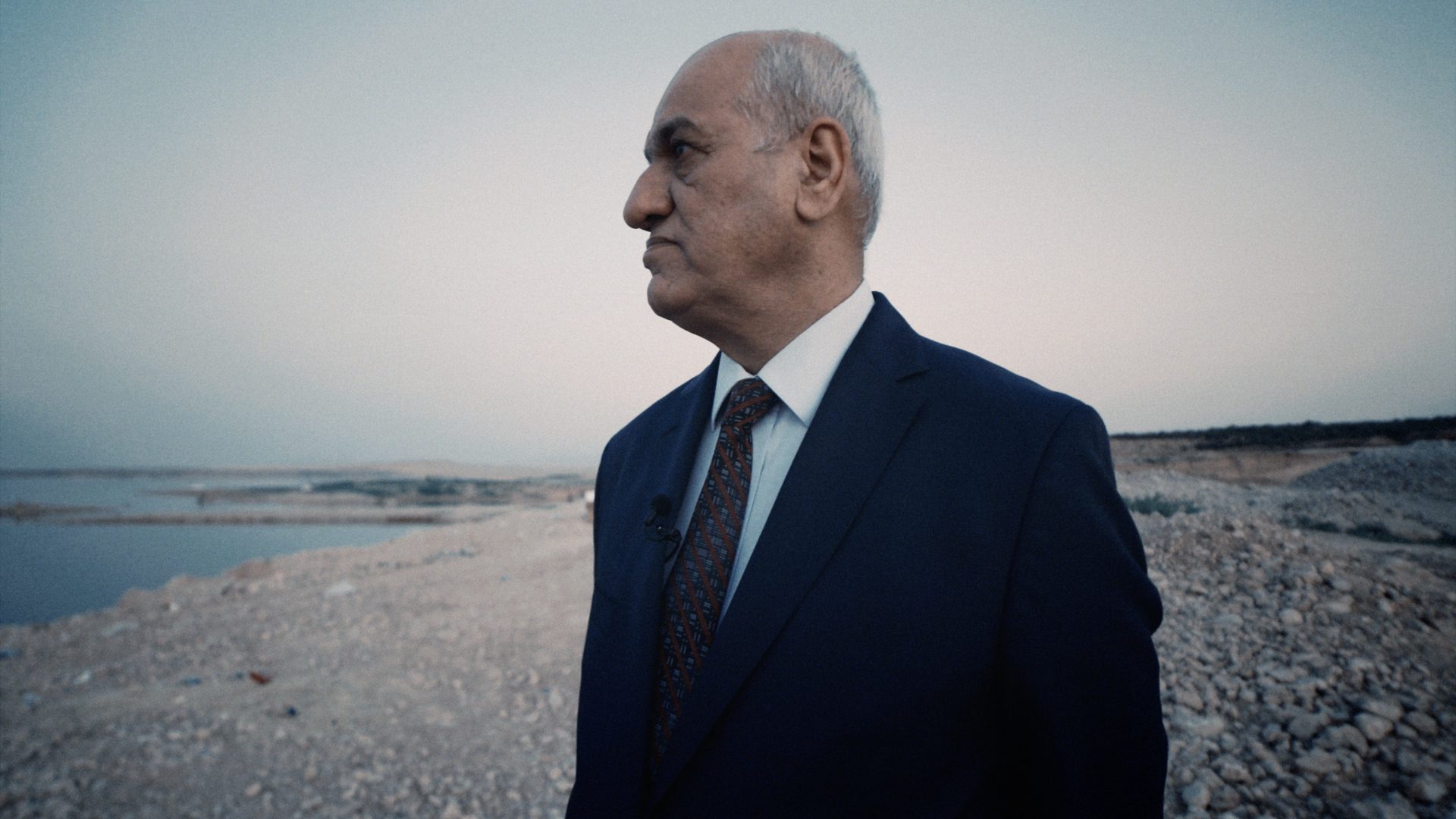In 1974, Mahmoud, his family and their entire community were expelled from their lands.
‘The Iraqis ordered everyone to leave,’ he says. ‘They brought bulldozers to raze our seasonal harvest. Then they settled Arabs in our village, giving them cash incentives and weapons, granting them our lands, and providing other services to encourage them to stay there. The situation couldn’t have been worse for us.’
“The Iraqis brought bulldozers to raze our seasonal harvest, then told everyone to leave and settled Arabs in our village”
In total, the Iraqi army moved the population of 28 Kurdish villages from an area close to the Syrian border, which stretched down to the Shingal region further south. Similarly, they evacuated around 50 to 60 Kurdish villages across the Nineveh Plain.
The Iraqi government then repopulated these settlements with Arab tribespeople.
The scale of the dispossession experienced by these rural Kurds was enormous. Chiftik farmers had held large grain stocks, abundant orchards, and kept large numbers of animals, from flocks of sheep to herds of cattle.
They operated their farms with relatively expensive machinery, including tractors and ploughs, and generated sufficient income to own cars, which became an economic status symbol amongst their tribal communities.
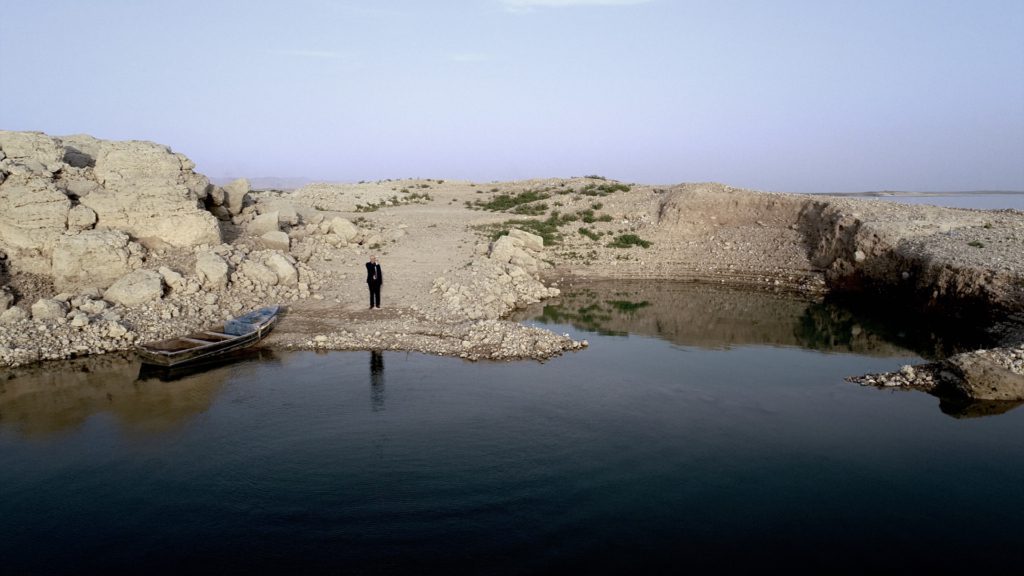
Kurdish lawyer MAHMOUD HUSSEIN HAJI worked for many years to document the expulsion of Kurdish tribes from their traditional lands. Originally from Chifitk village in northwestern Iraq, he recalls how his entire community was driven from their homes by the Iraqi military in 1974. They were soonafter replaced by Arabs, a fate shared by scores of Kurdish villages in the region.
Their fortunes had accrued over many decades. The Hasina, Musarashi and Mirani tribes had intermingled in this border region near Syria since Ottoman times, and founded a school there in 1924.
The pupils of that school would go on to train as doctors and lawyers, rising to elevated positions in both the Iraqi government and the Iraqi army.
However, the Ba’ath Party saw fit to punish these tribes for supporting the Kurdish war with Iraq in 1974, which had broken out after the Iraqi government had refused to respect their 1970 Autonomy Agreement with the Kurdistan Democratic Party (KDP).
In March 1975 the Algiers Agreement between Iraq and Iran saw the Kurdish resistance collapse after Iran and the United States withdrew their support for the Kurdish cause.
Thereafter, the Iraqi government began to persecute Kurdish areas without restriction. Having discovered that weapons were being smuggled through the areas they lived in, they sought to punish the Hasina, Musarashi and Mirani tribes.
In 1981 Saddam Hussein demanded dams be built on both the Tigris and the Euphrates rivers to create massive water reservoirs. He proposed that Kurdish villages be flooded, with the economic benefits of the project passing to Arab farmers only
The Iraqis moved the Kurds they captured in these tribal villages to rural areas of northern Iraq where Arabs predominated. Some villagers escaped the Iraqis and fled across the border.
However, in Syria they were soon arrested by Arab nationalists, repatriated and transported by lorry to Khalikan, a region northeast of Mosul. There, they had little option but to work as labourers or taxi drivers.
In 1981, the Iraqi government went further. Investing massively in infrastructure, President of Iraq Saddam Hussein demanded that dams be built on both the Tigris and the Euphrates rivers to create massive water reservoirs.
Initially, the Iraqi government had settled on building a dam north of Mosul. The idea was to open up tens of thousands of acres north of the dam to irrigation and agriculture, and also generate electricity for the national grid. But the dam project had a further appeal to Saddam Hussein.
The masterplan for the project proposed to submerge the villages of Kurdish farmers underwater. Meanwhile, the benefits of the project were to be channelled only to Arab farmers.
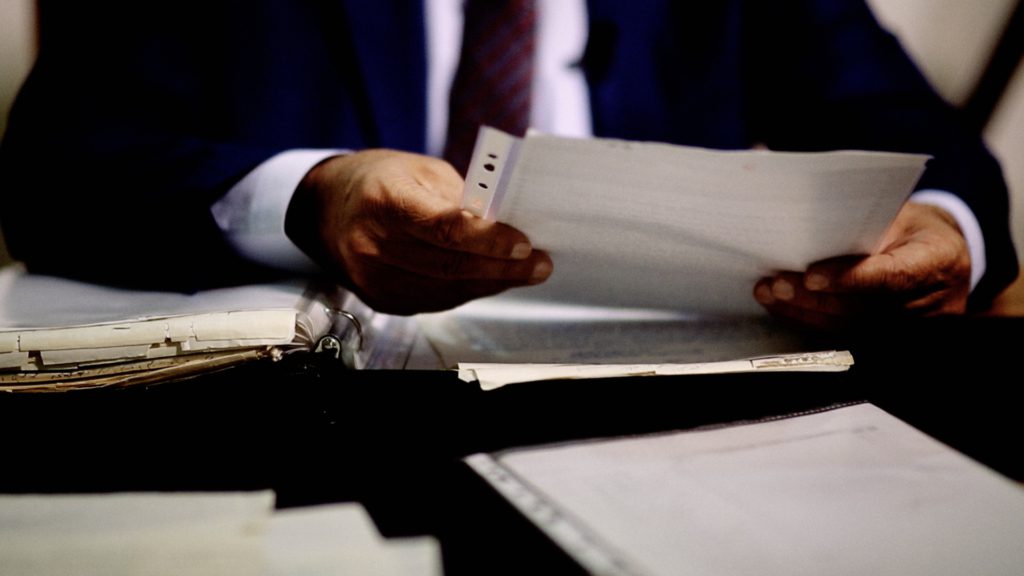
MAHMOUD HUSSEIN HAJI believes his documentation of SADDAM HUSSEIN’s crimes in northwestern Iraq may one day help dispossessed Kurds recover their farms or claim compensation from Baghdad. He hopes the legal record he has compiled will also prove the sheer scale of the ethnic cleansing that has taken place to future Kurdish generations.
‘We Kurds were not even given drinking water, even though the water source was originally ours,’ says Mahmoud Hussein Haji.
Haji has been motivated by a profound sense of injustice ever since his village was flooded by the reservoir. He trained in law hoping that his skills might one day help him right the wrongs inflicted upon his community.
Yet the barriers he faced throughout the years were common for those Kurds who had suffered under decades of ‘Arabisation’ policies ordered by the Ba’ath Party.
He was banned from speaking Kurdish at the Mosul courthouse, and discovered that Kurds could no longer register ownership of their properties under their own names. Only Arab names were legally allowed to register property ownership.
“The psychological impact of ethnic cleansing is immense,” says Mahmoud Hussein Haji. “Our grandchildren don’t understand where we come from and what their true origins are”
Over the years Mahmoud Hussein Haji secretly collected documents, dreaming of compiling a legal case that would stand up in the courts so that those Kurds who had been dispossessed of their lands might one day claim compensation for their losses, and even recover their landholdings.
He considered it essential that a historical record be kept, so that it would be impossible for future generations to deny that the Arabisation ethnic cleansing of Kurdish lands had taken place.
Under Saddam Hussein’s regime, Haji’s efforts could often seem hopeless. But slow developments in global politics brought about dramatic changes in Iraq.
In 1990 Iraq’s invasion of Kuwait saw an American-led international coalition of nations fight Saddam Hussein’s regime in the Gulf War, and by 1991 the Iraqi army had been defeated and a no-fly zone established over northern Iraq. This no fly zone secured predominantly Kurdish areas from Iraqi military incursion.
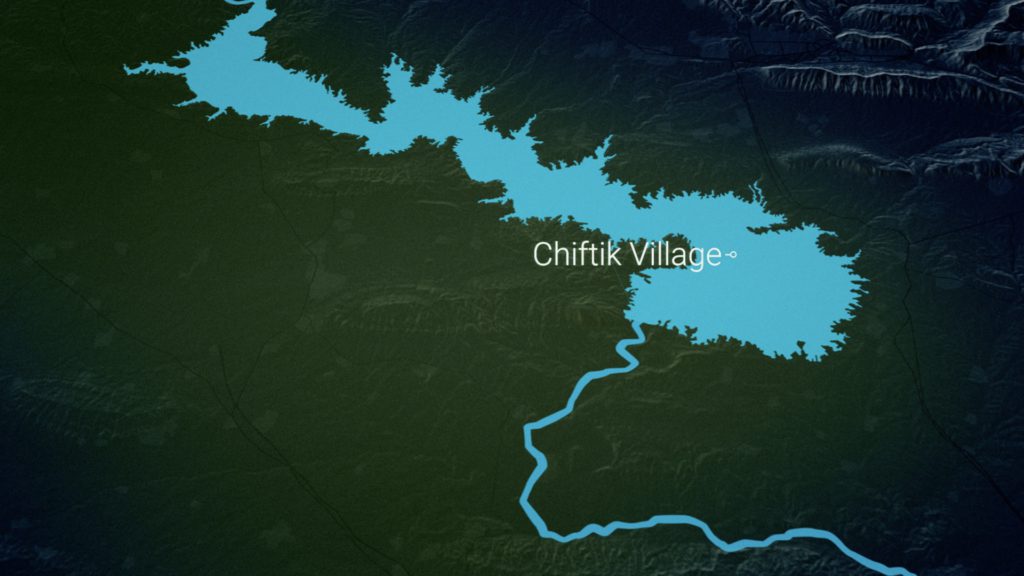
MAHMOUD HUSSEIN HAJI graphically describes how his village was flooded by waters from the Mosul Dam in the early 1980s at the order of SADDAM HUSSEIN.
With the authority of the Ba’ath absent in regions protected by the no-fly zone, a treasure trove of documents became available that aided Mahmoud Hussein Haji’s cause.
His ambition for legal reparations now seemed distant yet attainable.
Haji’s project was empowered further when US-led coalition forces finally ended the Ba’athist dicator’s ruthless reign in the Iraq War of 2003, and he found even greater opportunities to gather legal evidence of Iraqi ethnic cleansing.
‘After Saddam Hussein’s fall from power, I walked into several directorates and security branches. I was searching for evidence of their oppression, which not only took place in Zummar, but also in Kirkuk, Mandali, Diyala, Mahmour and Garmiyan,’ he says.
‘The genuine documents I found were signed by the Iraqi governors of those provinces and also military officials.’
Unfortunately this work has not yet had the impact Haji hoped for. He had wanted the documents to be used in future negotiations between the Kurdistan Regional Government (KRG) and Baghdad, and to be presented to the United Nations.
“We want the world to learn the facts, because globally people remain oblivious to what really happened here”
‘We want the world to learn the facts, because globally people remain oblivious to what really happened here,’ he says.
Iraq’s decades long project of ethnic cleansing in Kurdish lands, however, remains a contentious issue that is unresolved and has never been properly addressed by an Iraqi government.
So for Haji the battle for justice goes on.
‘Our area is rich in agriculture, oil and gas, but economically we Kurds were pushed back below zero. The psychological impact of the ethnic cleansing is immense, because our grandchildren don’t understand where we come from and what their true origins are,’ he says.
‘Arabisation has therefore had a major psychological impact on our community. Many of our people were made martyrs, many of us had our properties looted by the Iraqis, and many of us saw our health suffer from the stress.’
‘We can never forget those sad memories, I’m afraid,’ says Haji. ‘We try to, but we can’t.’
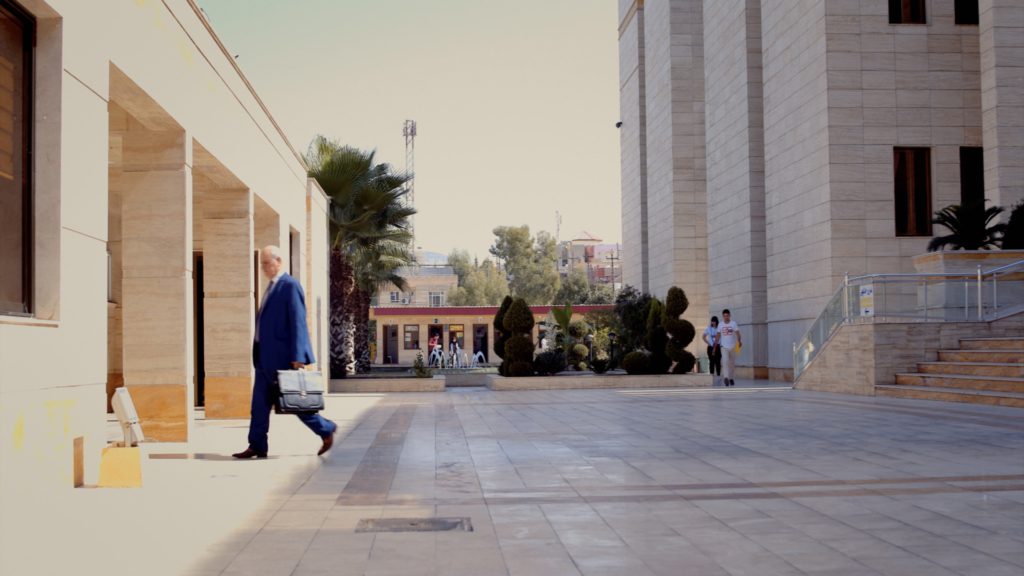
A treasure trove of official documents became available after Iraq’s defeats to American-led coalitions of nations in the Gulf War of 1991 and the Iraq War of 2003. MAHMOUD HUSSEIN HAJI found detailed evidence of Baghdad’s ethnic cleansing programme in Kurdish regions. Unfortunately, his research was largely ignored by international bodies such as the United Nations.
